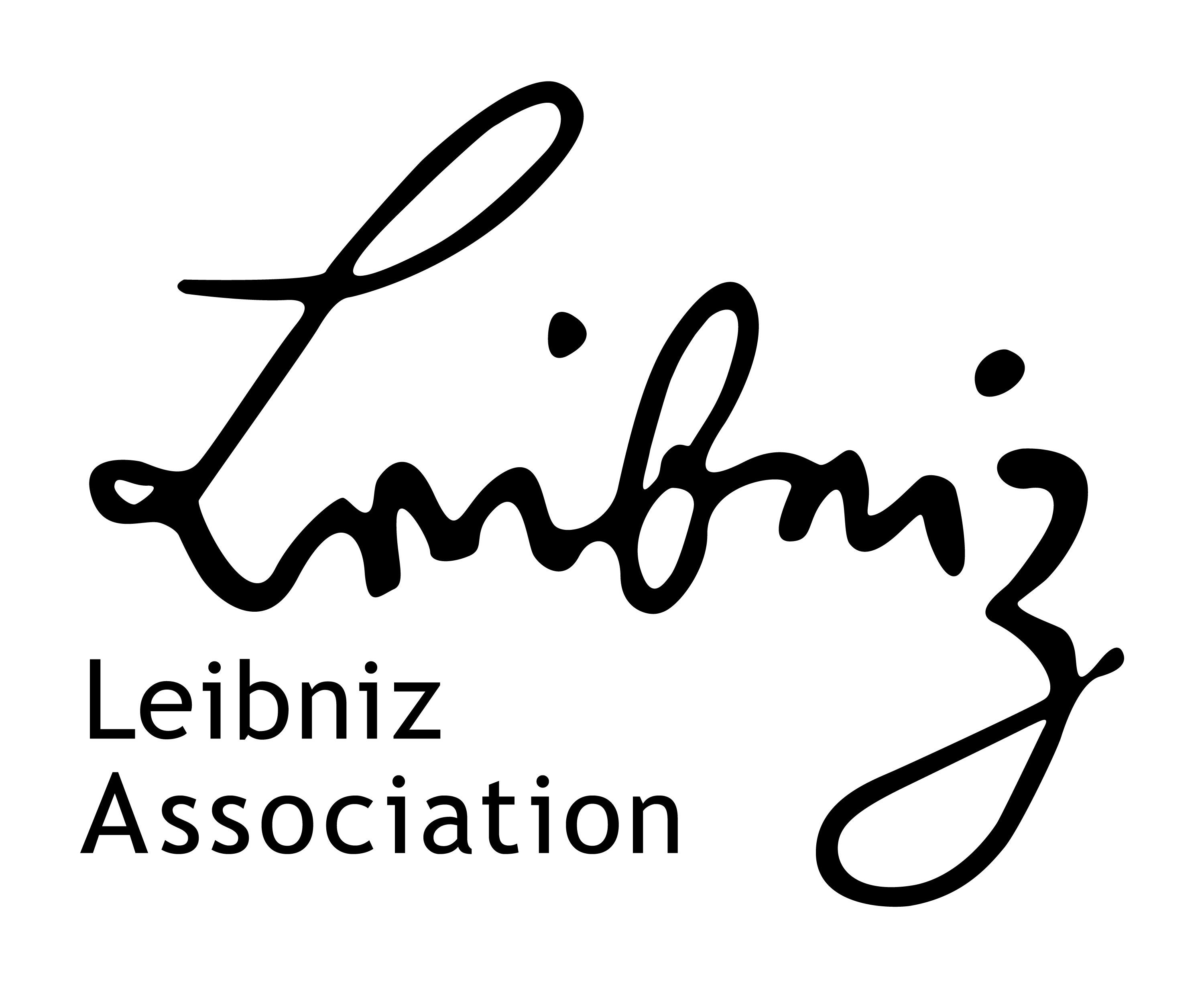Mainz Animal Imaging Center (MAIC)
Short description of the platform
Head: Prof. Dr Albrecht Stroh
Staff members:
Hendrik Backhaus, Scientific Staff
Dr Dirk Cleppien, Head of MR Unit
Dr. Roberta Guimaraes-Backhaus, Lab Manager
The MAIC aims to enable translational research at the highest international level in rodent models of resilience. The methodical profile of the MAIC extends from electrophysiological recordings and optical recordings of the activity of micro-networks with single cell resolution to high-field magnetic resonance imaging. The connection of the detection methods with optogenetics appears to be of particular importance, namely at all levels, from the single cell to the whole brain, which allows causal approaches. The 9.4 small animal MRI is specially equipped for the integration of optogenetic processes. Another focus is on multimodality, so in the case of MRI, optical methods of detecting neural population activity are used in addition to optogenetics.
Current research projects:
Further development of combined optogenetic and optical methods ("all optical physiology") in the field of 2-photon calcium imaging
Implementation of a virtual reality which allows simultaneous behavioral paradigms of resilience and acquisition of micro network data
Establishment of chronic fiber optic implantations for longitudinal ofMRI acquisitions
External collaborations:
Prof. Xin Yu, Max Planck Institute for Biological Cybernetics, Tübingen, Germany
Prof. Dr Rainer Heintzmann, Leibniz Institute of Photonic Technology e.V., Jena, Germany
Dr Ferruccio Pisanello, Center for Biomolecular Nanotechnologies, Institute of Technology Genova, Italy
Funding:
Boehringer Ingelheim Foundation



